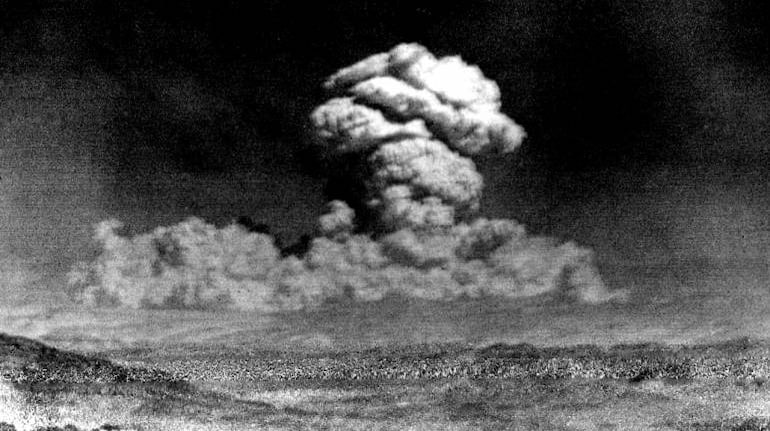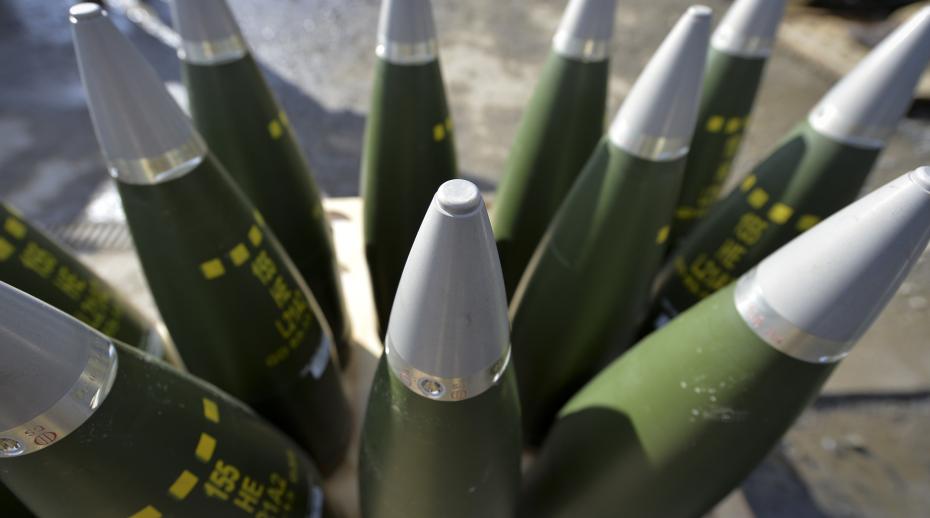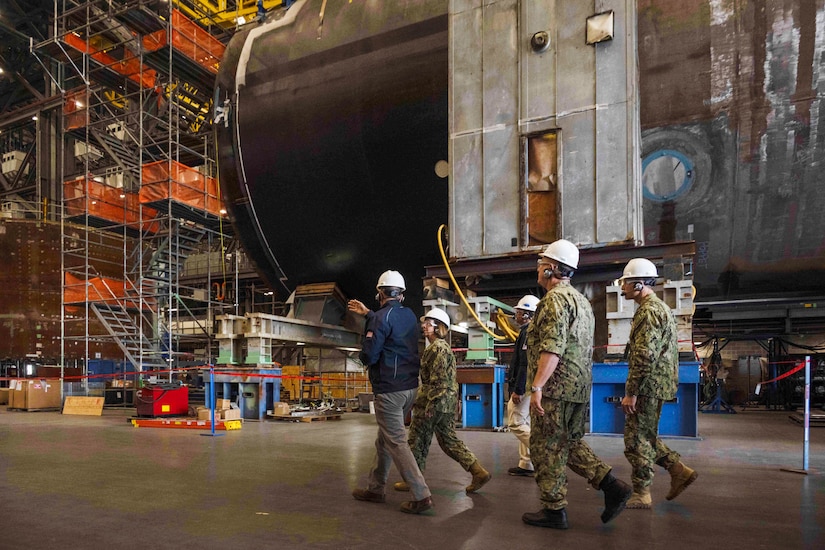Godzilla is back, because so is nuclear angst
A critically acclaimed new movie underlines why the long-running Japanese franchise is about much more than just monsters
GEAROID REIDY
DECEMBER 04, 2023
Along with his famed atomic breath, one of Godzilla’s powers is the ability to regenerate. The long-running movie series can revive itself, too.
The latest entry, Godzilla Minus One, is meeting with unprecedented critical acclaim. Hailed as among the best of the nearly seven-decade history, the 30th Japanese-made movie in the series holds a near-perfect 98 percentrating on movie review aggregator Rotten Tomatoes.
The concept has remarkable (city-smashing) legs — indeed, it’s the longest-running movie franchise in history. After opening in Japan last month, Minus One hit theaters in the US last week, and re-imagines the monster’s attack as occurring in the immediate aftermath of World War II, earlier than previously depicted.
Godzilla strikes a Tokyo where residents are just beginning to piece their lives back together from the ravages of war, in a country without an army and occupied by the GHQ of Gen. Douglas MacArthur. Like the best entries in the series, it humanizes the disaster through its cast, led by Ryunosuke Kamiki, who plays a kamikaze pilot plagued with guilt after fleeing his duty. Set in 1947, the aftermath of the war is front and center, straddling a line frequently seen in Japanese cinema of deploring the needless sacrifice of human lives, while simultaneously having pride in the Japanese war industry’s ingenuity and engineering.
Indeed, the war has always been core to Godzilla. The monster himselfhas been seen to represent the US, the academic Chon Noriega argued in a seminal 1987 paper. He might be the physical manifestation of the “sleeping giant” that Japanese admiral Isoroku Yamamoto was supposed to have warned of waking in the US, prior to the surprise attack on Pearl Harbor.

Godzilla strikes Tokyo where residents are just beginning to piece their lives back together from the ravages of war.
But Godzilla endures, even as US-Japanese relations have been transformed from the era of occupation to today’s age of lockstep alliances to keep China in check. The other thing crucial to the monster’s persistence is how it speaks to our fear of the atomic age. From the first depiction as a beast unleashed due to irresponsible testing of the hydrogen bomb in the Pacific, the specter of thermonuclear annihilation, atomic fallout and invisible but deadly radiation have been at the center of the kaiju’s space in the public imagination.
Perhaps this is seen nowhere more clearly than in 2016’s Shin Godzilla by Evangelion creator Hideaki Anno, that re-imagined the monster’s march of destruction in a modern era and was a pointed critique of government inaction and incompetence after the 2011 Fukushima nuclear disaster.
Minus One, unfortunately, lacks this deeper subtext — it doesn’t have much fresh to say about nuclear weapons or atomic power. That feels like a dropped ball; there was a post-Oppenheimer chance to say something about Japan’s shifting attitudes toward nuclear energy, which already feels a world away from the skepticism that prevailed when Shin Godzilla was in theaters. The concerns surrounding the release of treated water from the Fukushima plant show that an often illogical fear of nuclear remains. In the years since Anno’s movie was released, North Korea is believed to have tested a hydrogen bomb, while a hot war in Asia often feels to be edging closer.
Nonetheless, in its shocking depiction (look away now to avoid mild spoilers) of Godzilla’s atomic breath, which rips through downtown Ginza like a nuclear blast, the movie excels in its visually stunning recreation of destruction. The scene puts paid to the idea of Oppenheimer being somehow too offensive for Japanese sensibilities, although the movie is still yet to receive an official release date in Japan. After the attack, shocked survivors sit as black rain falls, just as in the aftermath of the two nuclear strikes in 1945.
Speaking of its visuals, it’s worth noting Minus One’s astounding effects, all achieved on a reported budget of just $15 million. In an year where Walt Disney Co. has had flop after $200 million flop, there might be lessons for Hollywood studios about how to create a spectacle on a shoestring.
Despite the rave reviews, as a subtitled movie Minus One still feels unlikely to become a breakout overseas hit. But Godzilla continues to generate new forms: Apple TV+ recently began streaming the series Monarch: Legacy of Monsters, the latest entry in Legendary Pictures’ “Monsterverse” attempt to build a shared universe that includes King Kong and other creatures. Next year, cinema’s two most famous giant creatures meet again in Godzilla x Kong: The New Empire.
These Hollywood monster mashes probably won’t capture the deeper meaning of the best work in the series — those that play more on profound societal fears, elevating Godzilla beyond disaster porn. But they show how the monster, like Hello Kitty or Mario, has become a symbol of Japanese pop culture that extends well beyond its shores — and is set to regenerate and endure still further.
Gearoid Reidy is a Bloomberg Opinion columnist covering Japan and the Koreas.
Credit: Bloomberg












